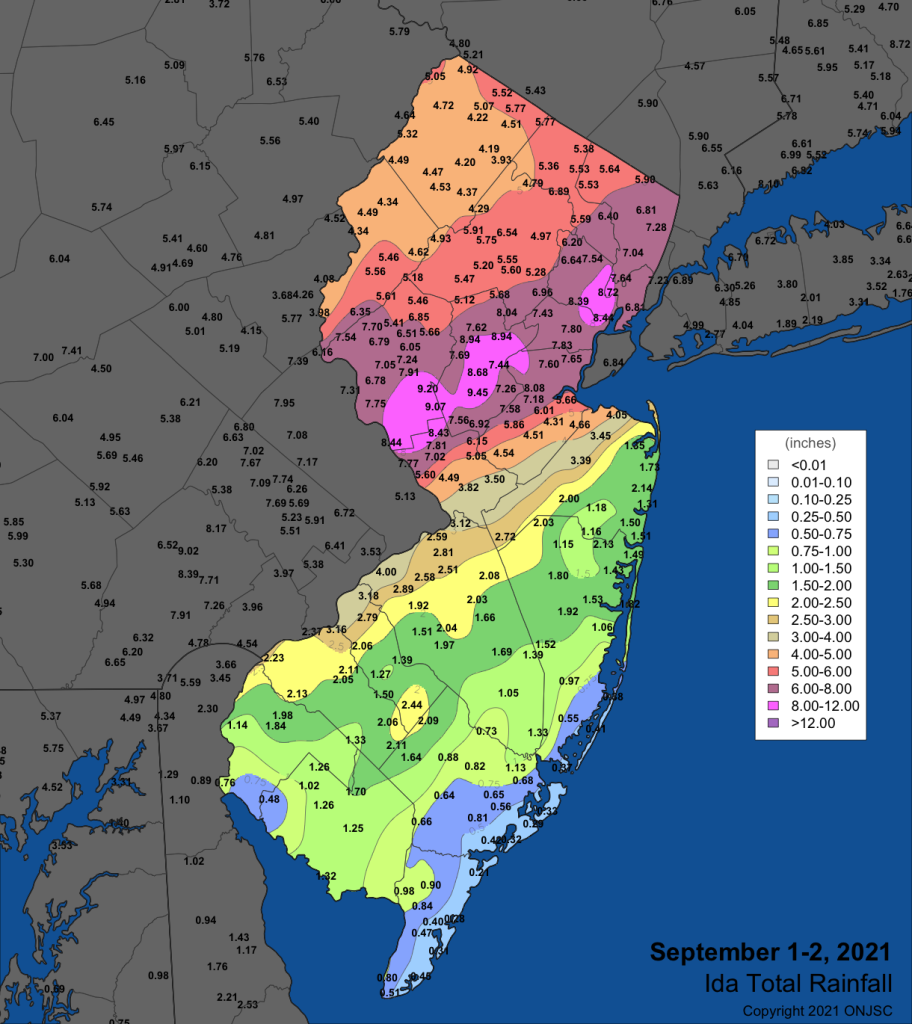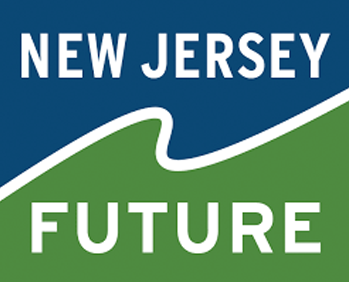
New Jersey’s Stormwater Rules and Requirements
NJ stormwater rules and guidance are changing in ways that will impact almost every development project. Get the facts here.
The New Jersey Department of Environmental Protection (NJDEP) adopted a revised set of stormwater regulations under N.J.A.C. 7:8 that took effect on March 2, 2021, requiring the use of decentralized green infrastructure practices and providing a more objective review process for projects.
In 2023, The New Jersey Department of Environmental Protection (NJDEP) further amended the Stormwater Management Rule (N.J.A.C. 7:8) as part of the regulatory reform process known as New Jersey Protecting Against Climate Threats (NJ PACT). The new rules were adopted in July 2023 as part of the Inland Flood Protection Rule and will be further amended as part of Resilient Environments and Landscapes (REAL), anticipated in 2024. The revised rules, which take effect on July 16, 2024, require Stormwater Best Management Practices (BMPs) to be designed to manage runoff from both current and future storms.
Background
In 2020, Governor Murphy signed Executive Order 100 that required the New Jersey Department of Environmental Protection (NJDEP) to undergo a regulatory reform that incorporates climate change risks into state land use regulations. This process, known as New Jersey Protecting Against Climate Threats (NJ PACT), is aimed at reducing greenhouse gas (GHG) emissions and creating more climate-resilient infrastructure. These changes are informed by updated climate science and modeling to protect the people, economy, environment, and infrastructure in New Jersey from the impacts of climate change.

Total precipitation during Tropical Storm Ida (Source: NJDEP)
Overview of Updated Regulations
The new stormwater rules require stormwater BMPs to be designed to manage runoff from both current and future storms. Under the previous rule, BMPs were sized according to NOAA Atlas 14, which provides data up to 1999.
New development is now required to use current and future precipitation adjustment factors for the 2-year, 10-year, and 100-year design storms for each New Jersey county. The precipitation adjustment factors are informed by studies from the Northeast Regional Climate Center that confirm increased precipitation across the state over the last 20 years and project additional increases in precipitation intensity through the end of this century.
Another major change of the rule update removes the use of the Rational and Modified Rational Methods for stormwater calculations.
To assist design professionals in selecting the right BMPs to meet these standards, the green infrastructure rule (2020) separates BMPs into three tables (5-1–5-3). Current and future precipitation adjustment factor tables (5-5–5-6) for new development:
Table 5-1 consists of green infrastructure BMPs that can be used to meet water quality, water quantity, and groundwater recharge requirements. Table 5-1 presents options for the use of local, decentralized green infrastructure in order to maximize treatment and groundwater recharge.
Table 5-2 consists of green infrastructure BMPs that can be used to meet water quantity standards. BMPs in this table provide alternatives for meeting water quantity requirements for larger sites. These BMPs cannot be used for water quality or groundwater recharge without a waiver/variance. When a development must meet all three (3) requirements, these systems can be used in conjunction with Table 5-1 BMPs.
Table 5-3 consists of structural systems and green infrastructure that may be used only with a waiver or variance.
Table 5-5 consists of current precipitation adjustment factors for the 2-year, 10-year, and 100-year design storms for each New Jersey county.
Table 5-6 consists of future precipitation change factors for the 2-year, 10-year, and 100-year design storms for each New Jersey county.
Where Do I Learn How To Comply With The New Rules?
- Check out the Developers Green Infrastructure Guide!
- Download the NEW Developers Guide Fact sheet that covers the IFP Rule Update!
- Talk to your engineer and landscape architect
- View important resources on NJDEP’s website (dep.nj.gov/stormwater): full text of the Stormwater Rules, revised chapters of the Stormwater Best Management Practices (BMP) Manual, revised model stormwater ordinances, and a set of Frequently Asked Questions.
